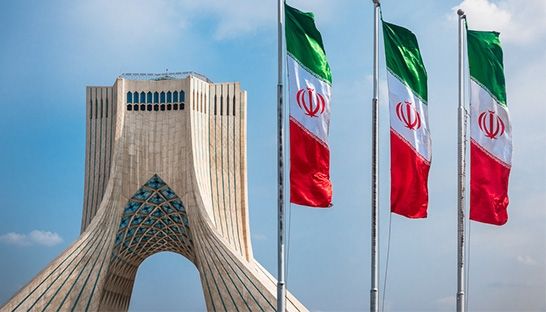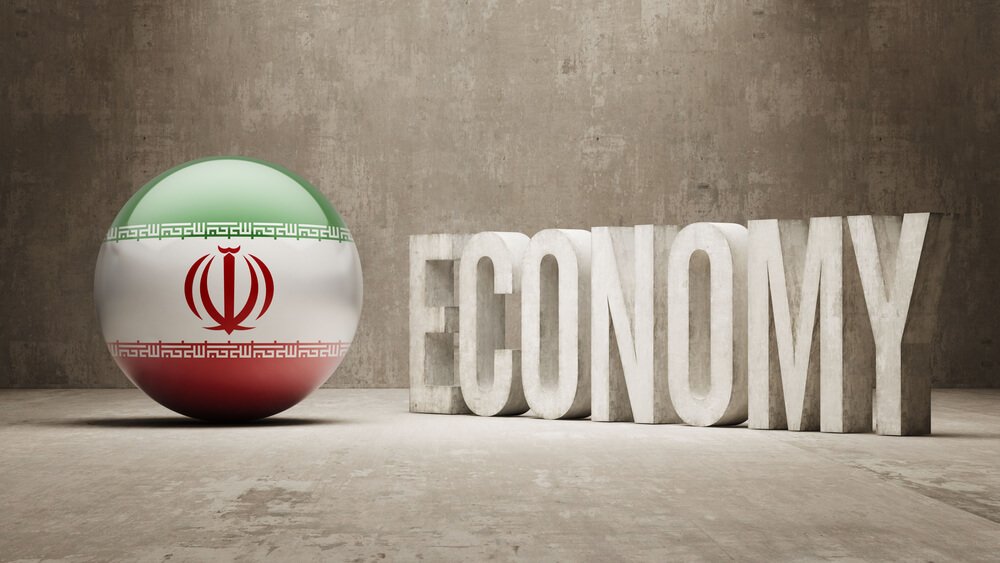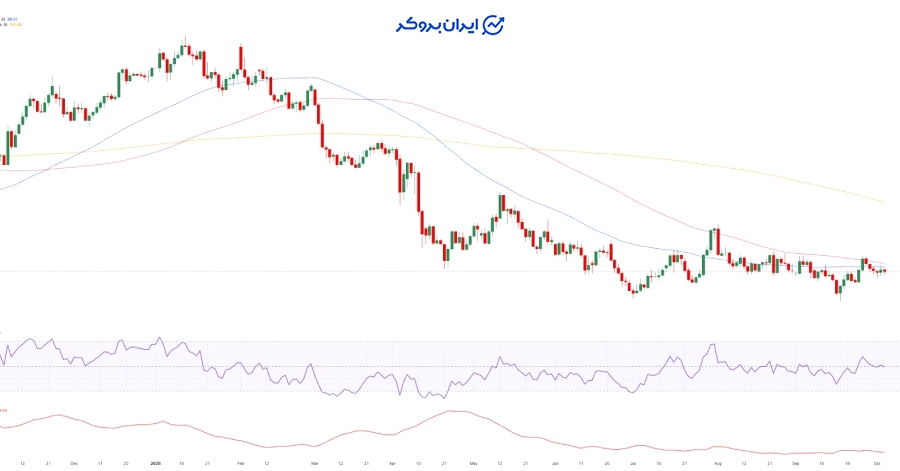Iranian Rial’s Unprecedented Decline Amid Geopolitical Strains
The Iranian rial has recently plummeted to unprecedented lows, with the US dollar trading at approximately 780,250 rials. This sharp depreciation is attributed to escalating tensions with Israel and internal economic challenges. Economy Minister Abdolnasser Hemmati acknowledged the rial’s significant devaluation, noting that under normal conditions, the exchange rate should be closer to 73,000 rials per dollar. He cited regional conflicts and the impending U.S. administration as contributing factors. (iranintl.com)
Inflationary Pressures Intensify Amid Currency Depreciation
The rial’s decline has exacerbated inflationary pressures within Iran. Essential goods have seen substantial price increases, with cooking oil prices rising by 40% and rice nearly doubling. The average worker’s cost-of-living basket has surged over 30%, escalating from 300 million rials to 380 million rials. This inflationary trend is further fueled by the rial’s depreciation, which has more than halved its value over the past six months. (en.wikipedia.org)
Energy Crisis Deepens Amid Economic Turmoil
Compounding Iran’s economic woes is a severe energy crisis. Despite possessing vast oil and gas reserves, the country faces frequent power outages and natural gas supply disruptions. The outdated energy infrastructure, coupled with mismanagement and the dominance of the Islamic Revolutionary Guard Corps (IRGC) in key industries, has led to unreliable energy supplies affecting daily life and essential services. (en.wikipedia.org)
Public Dissent Reflects Growing Discontent
Public dissatisfaction is manifesting in various forms of dissent. In February 2025, numerous "No Entry" signs across Tehran, Karaj, and Hamadan were altered with a green line replacing the standard white one. While the purpose and organizers remain unknown, this act is interpreted as a message of defiance against the regime, aligning with past acts of protest where citizens have modified traffic signs and used graffiti to express their grievances. (en.wikipedia.org)
Conclusion
Iran’s economic landscape is marked by a confluence of currency devaluation, soaring inflation, energy shortages, and public unrest. The rial’s unprecedented decline underscores the urgency for comprehensive economic reforms and stabilization measures to address both internal mismanagement and external geopolitical challenges.



